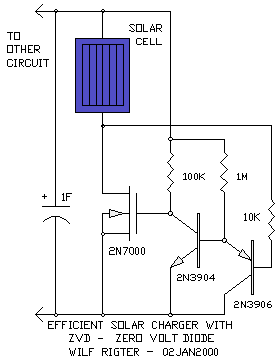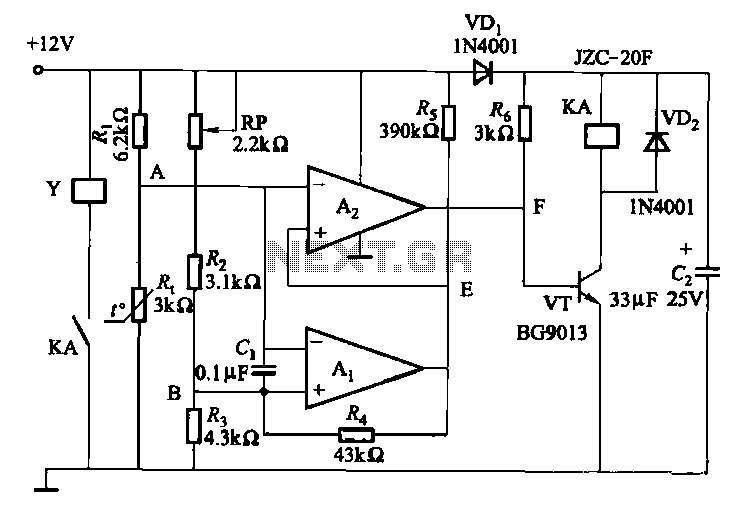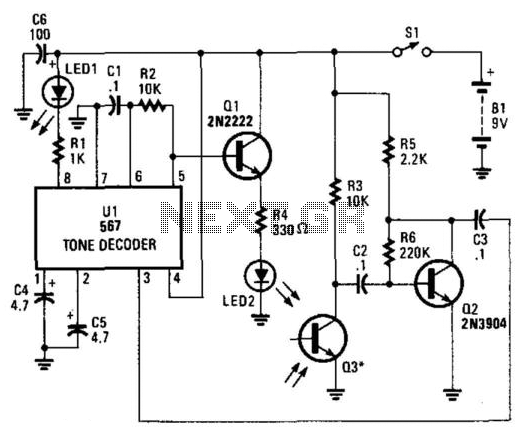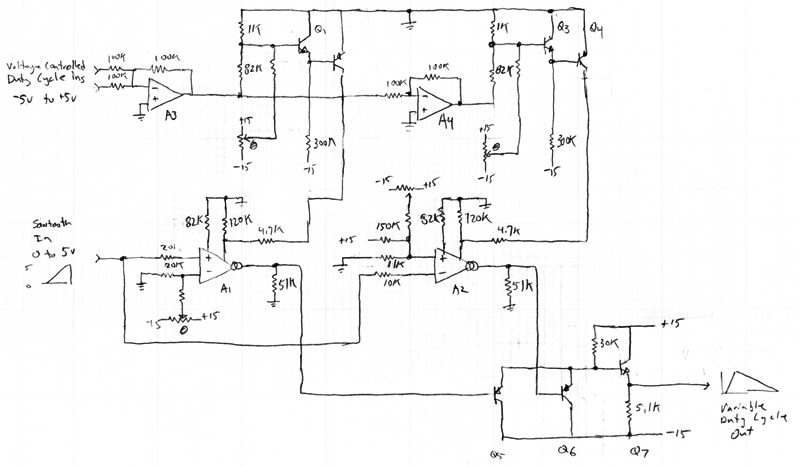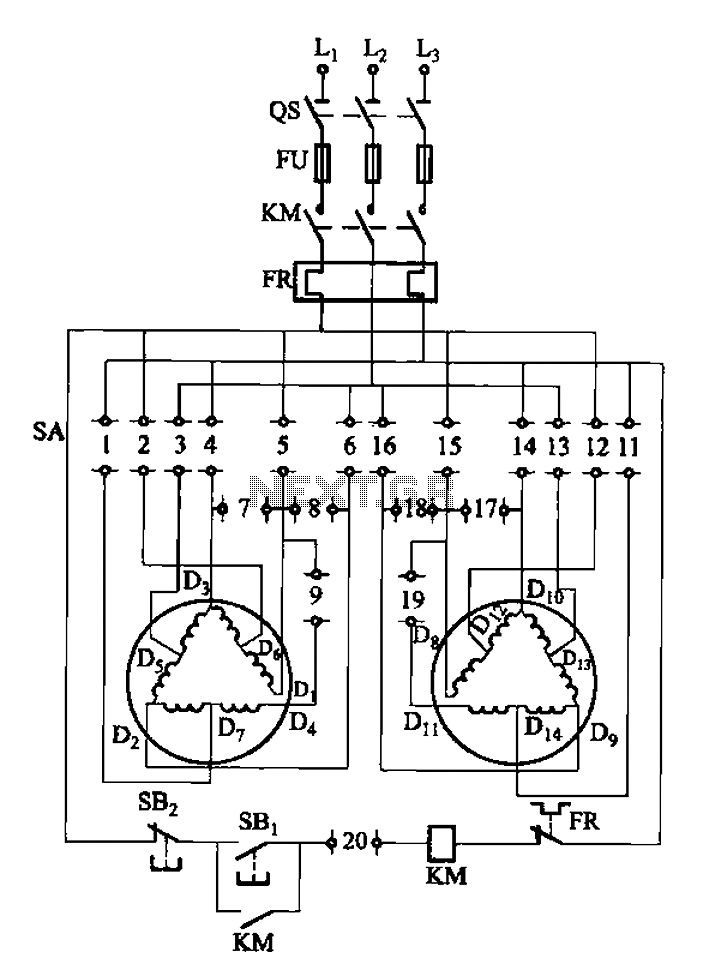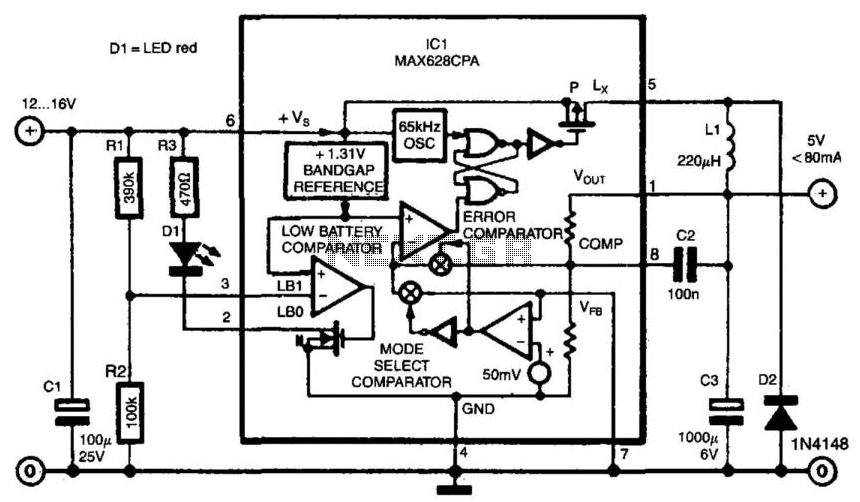
temperature controlled switch
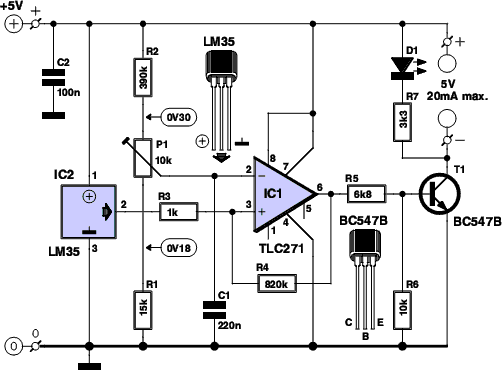
A thermally controlled switch operates based on the surrounding temperature without human intervention, except during the construction of the electronic thermostat. This type of switch has numerous practical applications. For instance, it can activate an additional fan when the internal temperature of a computer rises excessively. Additionally, it can automatically turn on an electric heater if the room temperature falls below a certain threshold. The potential applications for this thermostat are virtually limitless.
A thermally controlled switch typically employs a temperature sensor, such as a thermistor or a thermocouple, to monitor ambient temperature. When the temperature reaches a predefined threshold, the sensor activates a relay or a transistor that completes the circuit, allowing current to flow to an external device, such as a fan or heater.
For example, in a computer cooling application, a negative temperature coefficient (NTC) thermistor can be placed within the case. As the temperature increases, the resistance of the thermistor decreases, triggering a comparator circuit. This comparator can control a relay that powers an additional cooling fan when the internal temperature exceeds a set limit, ensuring optimal operating conditions and preventing overheating.
In heating applications, a similar setup can be utilized. A thermocouple can be placed in a room to continuously monitor the temperature. When the reading drops below a specified level, the thermocouple sends a signal to a microcontroller or a relay module, activating an electric heater to maintain a comfortable environment.
The design can be further enhanced with the addition of hysteresis to prevent rapid on-off cycling, which can lead to wear on mechanical components. This can be achieved by implementing a simple feedback loop in the control circuit, ensuring that the device only activates or deactivates after the temperature has crossed a certain range.
The versatility of thermally controlled switches makes them ideal for various applications, including temperature regulation in HVAC systems, refrigeration units, and even in automotive environments for controlling fan operation based on engine temperature. Overall, the integration of such a switch can lead to improved energy efficiency and enhanced user comfort in numerous settings.It sounds rather mysterious: a switch that is controlled by its ambient temperature. All without the touch of a human hand, except for when you re building this sort of electronic thermostat. There are a lot of handy uses for a thermally controlled switch. If the temperature inside your PC gets too high sometimes, the circuit can switch on an extra fan. You can also use to switch on an electric heater automatically if the room temperature is too low. There are innumerable potential applications for the thermostat described here.. 🔗 External reference
A thermally controlled switch typically employs a temperature sensor, such as a thermistor or a thermocouple, to monitor ambient temperature. When the temperature reaches a predefined threshold, the sensor activates a relay or a transistor that completes the circuit, allowing current to flow to an external device, such as a fan or heater.
For example, in a computer cooling application, a negative temperature coefficient (NTC) thermistor can be placed within the case. As the temperature increases, the resistance of the thermistor decreases, triggering a comparator circuit. This comparator can control a relay that powers an additional cooling fan when the internal temperature exceeds a set limit, ensuring optimal operating conditions and preventing overheating.
In heating applications, a similar setup can be utilized. A thermocouple can be placed in a room to continuously monitor the temperature. When the reading drops below a specified level, the thermocouple sends a signal to a microcontroller or a relay module, activating an electric heater to maintain a comfortable environment.
The design can be further enhanced with the addition of hysteresis to prevent rapid on-off cycling, which can lead to wear on mechanical components. This can be achieved by implementing a simple feedback loop in the control circuit, ensuring that the device only activates or deactivates after the temperature has crossed a certain range.
The versatility of thermally controlled switches makes them ideal for various applications, including temperature regulation in HVAC systems, refrigeration units, and even in automotive environments for controlling fan operation based on engine temperature. Overall, the integration of such a switch can lead to improved energy efficiency and enhanced user comfort in numerous settings.It sounds rather mysterious: a switch that is controlled by its ambient temperature. All without the touch of a human hand, except for when you re building this sort of electronic thermostat. There are a lot of handy uses for a thermally controlled switch. If the temperature inside your PC gets too high sometimes, the circuit can switch on an extra fan. You can also use to switch on an electric heater automatically if the room temperature is too low. There are innumerable potential applications for the thermostat described here.. 🔗 External reference
